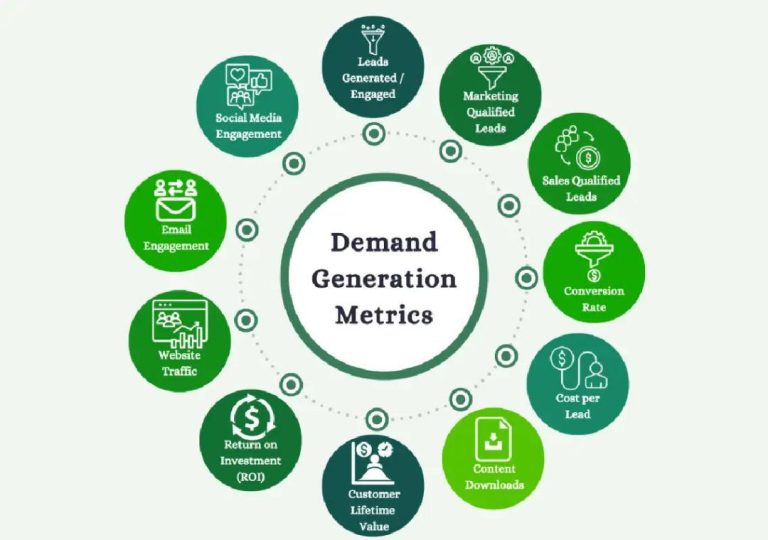
Title: Ghazal Alagh explains how toxic managers drive top talent away
In today’s competitive job market, employee retention is a top concern for many organizations. With top talent being in high demand, it’s no surprise that companies are willing to go the extra mile to keep their best employees. However, despite their best efforts, many organizations still struggle to retain their top performers. According to Ghazal Alagh, Co-founder of Mamaearth, toxic managers are a major reason for this trend.
In a recent LinkedIn post, Alagh identified the types of toxic managers that drive high-performing employees to quit. Her post resonated with professionals across India’s startup ecosystem, highlighting the importance of recognizing and addressing these toxic behaviors.
So, what are these toxic managers, and what makes them so toxic? In this blog post, we’ll delve into the characteristics of toxic managers and explore Alagh’s take on how organizations can foster a more supportive and inclusive work environment.
Characteristics of Toxic Managers
Toxic managers often exhibit certain behaviors that create a toxic work environment, making it difficult for employees to thrive. Alagh identified some common characteristics of toxic managers, including:
- Lack of Trust: Toxic managers often don’t trust their employees, which leads to micromanaging, constant questioning, and a lack of autonomy.
- Inconsistent Feedback: Toxic managers often provide inconsistent feedback, making it difficult for employees to understand what they’re doing right or wrong.
- Blame-Shifting: Toxic managers often shift the blame for failures onto their employees, rather than taking ownership of their own mistakes.
- Unrealistic Expectations: Toxic managers often set unrealistic expectations, which can lead to burnout and frustration.
- Emotional Manipulation: Toxic managers often use guilt, anger, or other emotions to manipulate their employees and get what they want.
Why Toxic Managers Drive Top Talent Away
Toxic managers can drive top talent away for several reasons:
- Lack of Trust: When employees don’t trust their manager, they’re less likely to feel comfortable sharing their ideas, taking risks, or openly communicating their concerns.
- Inconsistent Feedback: Inconsistent feedback can lead to confusion and frustration, causing employees to feel undervalued and unmotivated.
- Blame-Shifting: When managers blame employees for failures, it can be demotivating and demoralizing, leading to a loss of confidence and job satisfaction.
- Unrealistic Expectations: Unrealistic expectations can lead to burnout and frustration, causing employees to feel like they’re constantly failing.
- Emotional Manipulation: Emotional manipulation can create a toxic work environment, making it difficult for employees to feel comfortable and relaxed at work.
Real Employee Retention Depends on Trust, Support, and Everyday Leadership
So, what can organizations do to retain their top talent? According to Alagh, real employee retention depends on trust, support, and everyday leadership, not just perks or policies.
Trust: Employees need to feel trusted by their manager, which means giving them autonomy, flexibility, and the freedom to make decisions.
Support: Employees need support from their manager, which means providing resources, guidance, and encouragement.
Everyday Leadership: Everyday leadership involves providing consistent feedback, recognizing and rewarding employees, and being approachable and accessible.
Organizations can foster a more supportive and inclusive work environment by:
- Providing Training and Development Opportunities: Organizations can provide training and development opportunities to help employees grow and develop their skills.
- Encouraging Open Communication: Organizations can encourage open communication by creating a safe and inclusive work environment where employees feel comfortable sharing their thoughts and ideas.
- Recognizing and Rewarding Employees: Organizations can recognize and reward employees for their hard work and contributions, which can help boost morale and job satisfaction.
- Fostering a Positive Work-Life Balance: Organizations can foster a positive work-life balance by providing flexible work arrangements, promoting work-life balance, and discouraging burnout.
Conclusion
Toxic managers can drive top talent away by creating a toxic work environment, lack of trust, inconsistent feedback, blame-shifting, unrealistic expectations, and emotional manipulation. Organizations can foster a more supportive and inclusive work environment by providing training and development opportunities, encouraging open communication, recognizing and rewarding employees, and fostering a positive work-life balance.
As Alagh so aptly put it, real employee retention depends on trust, support, and everyday leadership, not just perks or policies. By recognizing and addressing the signs of toxic managers and fostering a more supportive work environment, organizations can retain their top talent and build a more successful and sustainable business.
News Source:
https://startuptalky.com/news/ghazal-alagh-on-toxic-managers-types/






